Innovation, Disruption & Sustainable Business Model: Volvo Group
VerifiedAdded on 2023/06/13
|8
|349
|395
Report
AI Summary
This report provides an analysis of Volvo Group's business model, focusing on innovation, disruption, and sustainability within the transport industry. It highlights the need for a robust business model for globally operating organizations like Volvo, emphasizing how a differentiated approach can attract market attention. The report identifies opportunities in Volvo's production and manufacturing systems for continuous improvement and strategic development. Challenges, such as expanding business into new countries while maintaining quality, are also addressed. The analysis underscores the importance of the Business Model Canvas for understanding business operations and identifying market gaps, ultimately contributing to smoother business operations and overall growth. Desklib provides a platform to access similar solved assignments and study resources.
1 out of 8
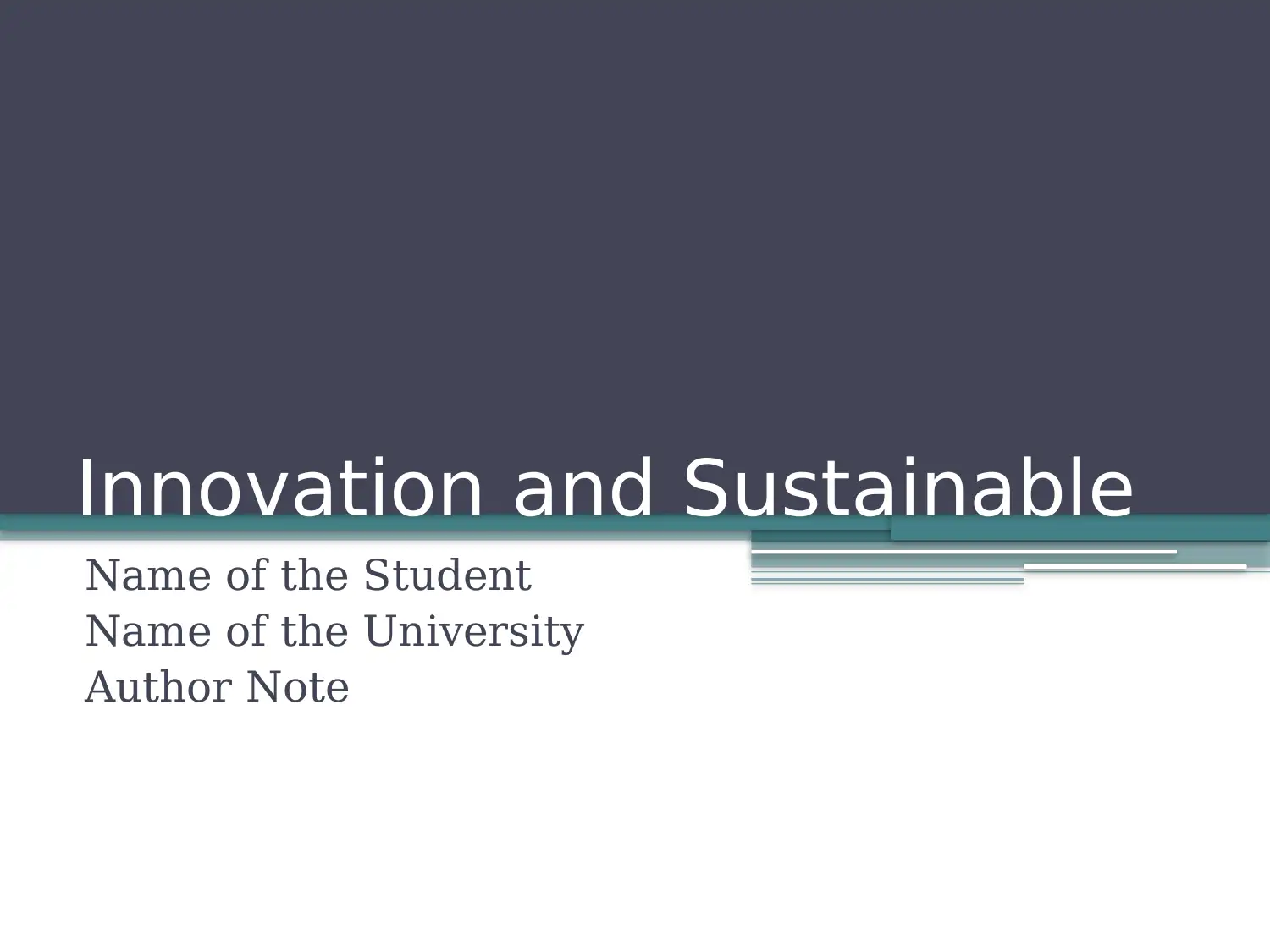
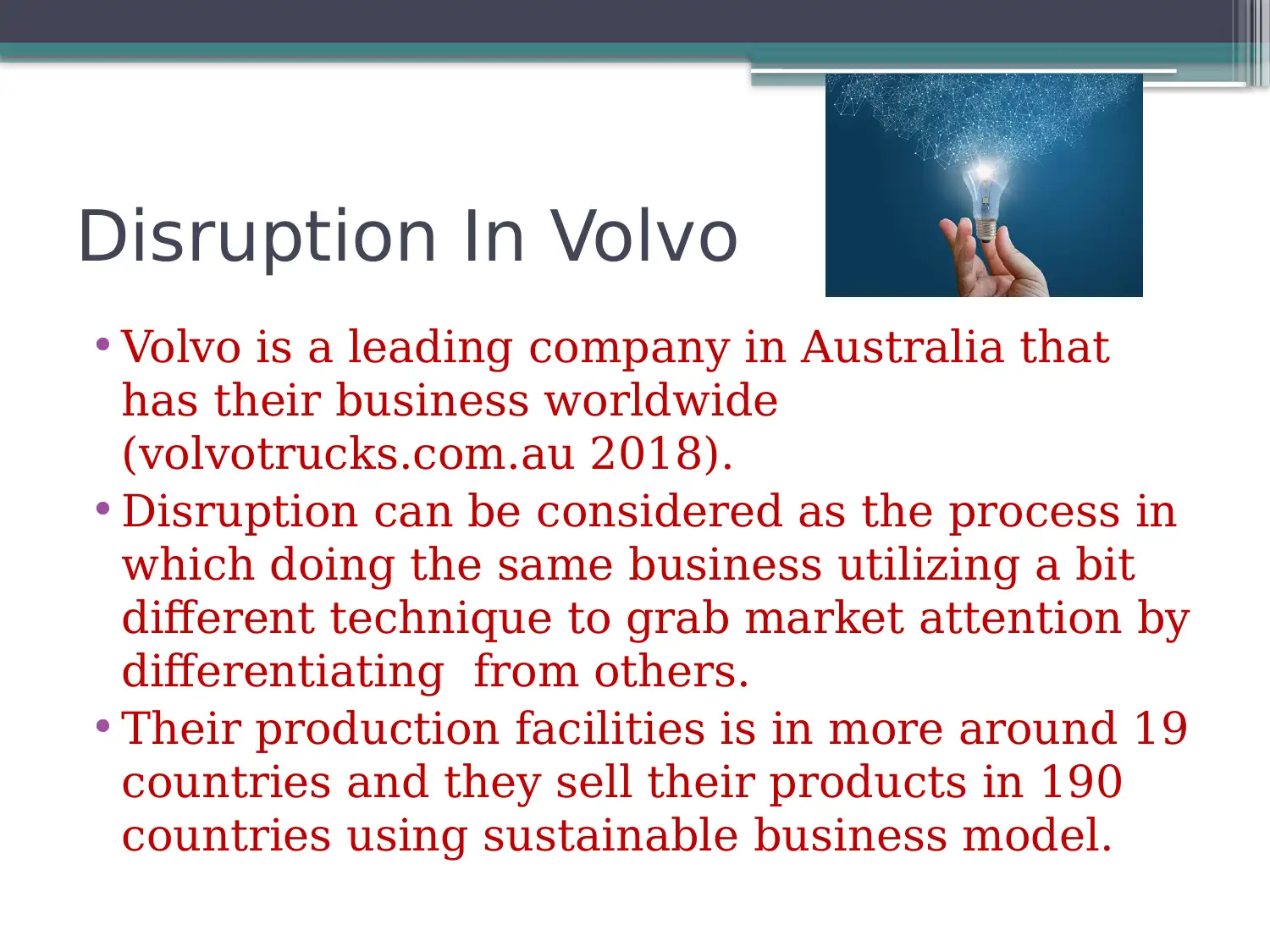
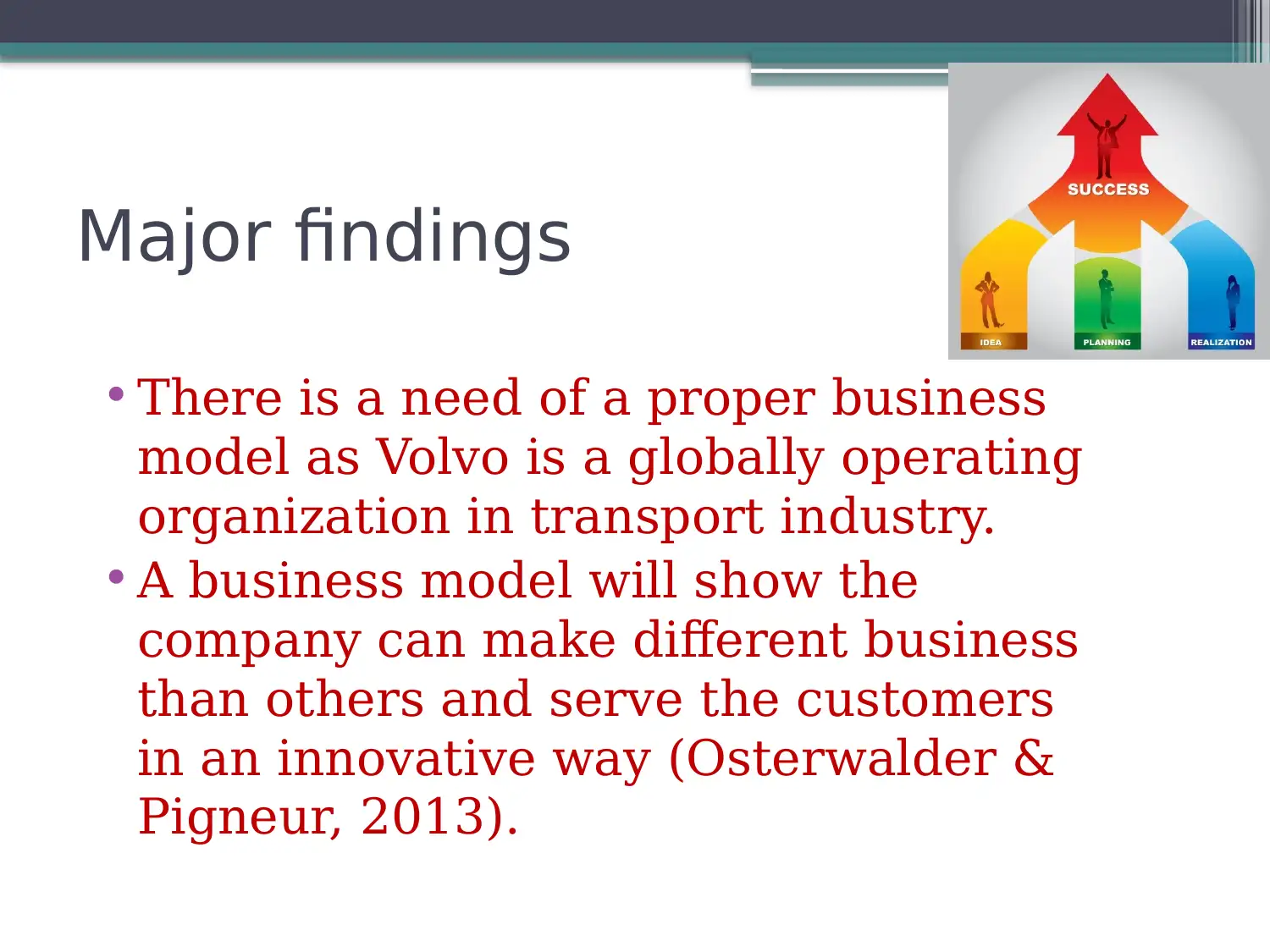

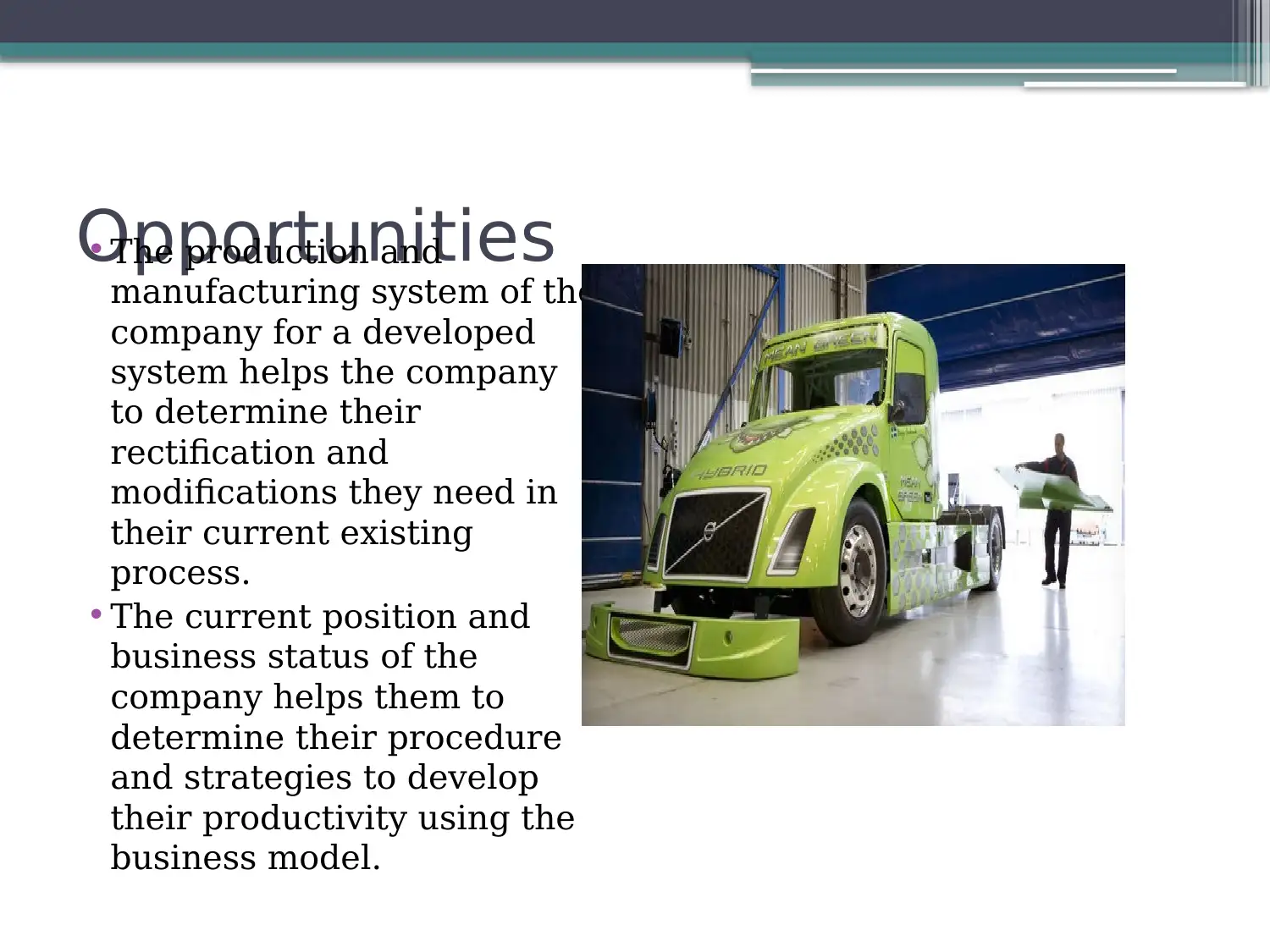
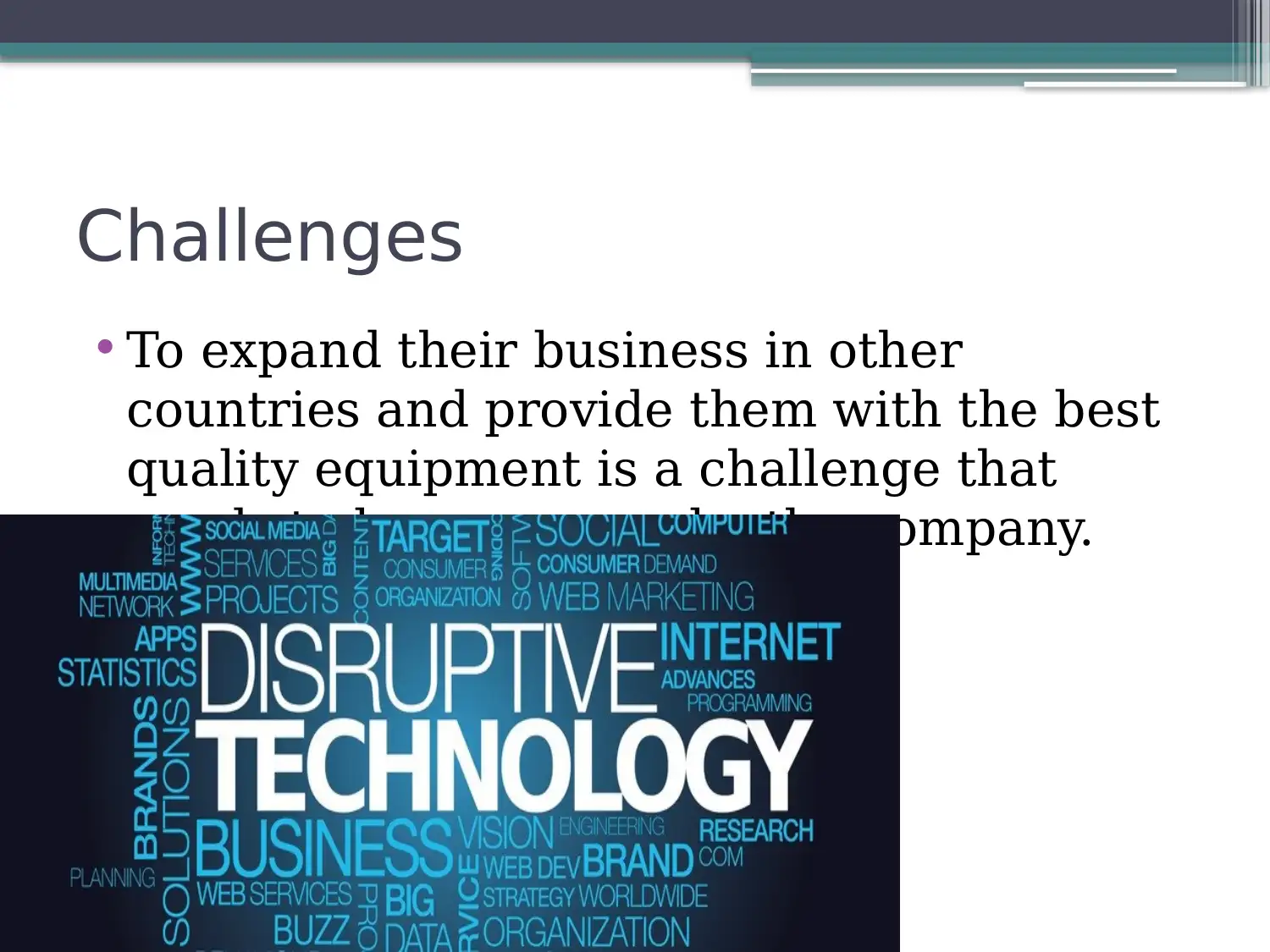
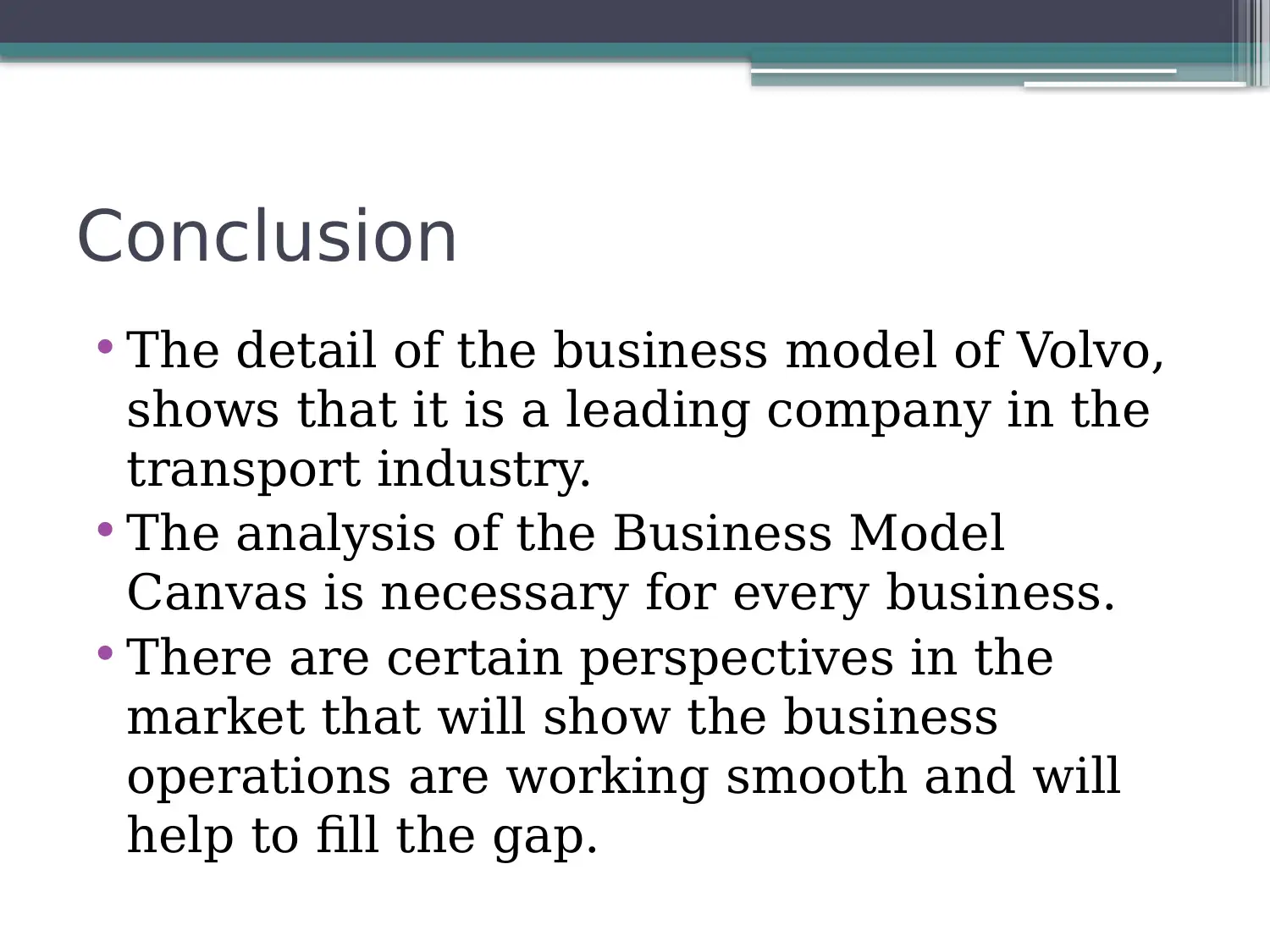
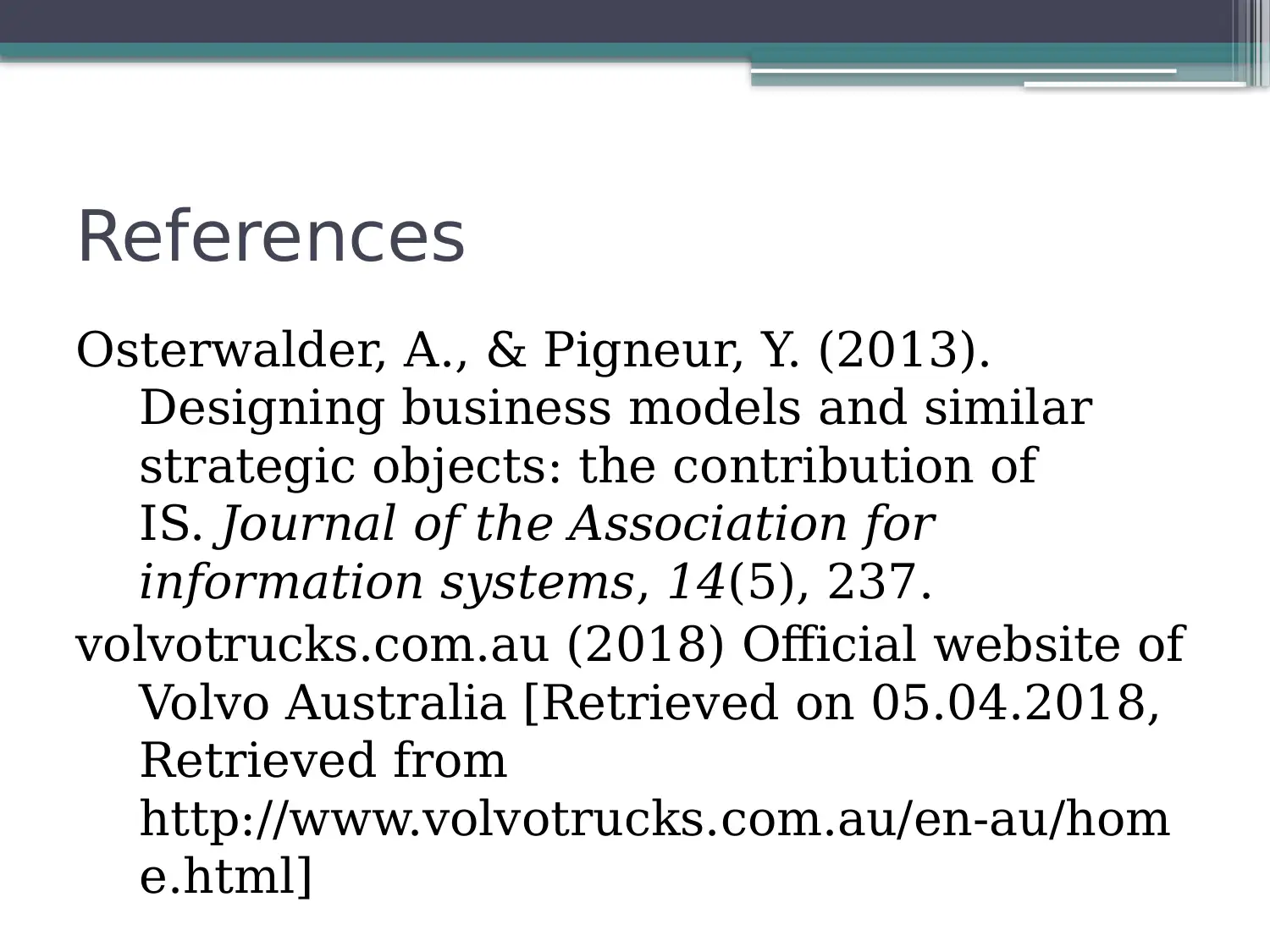






![[object Object]](/_next/static/media/star-bottom.7253800d.svg)